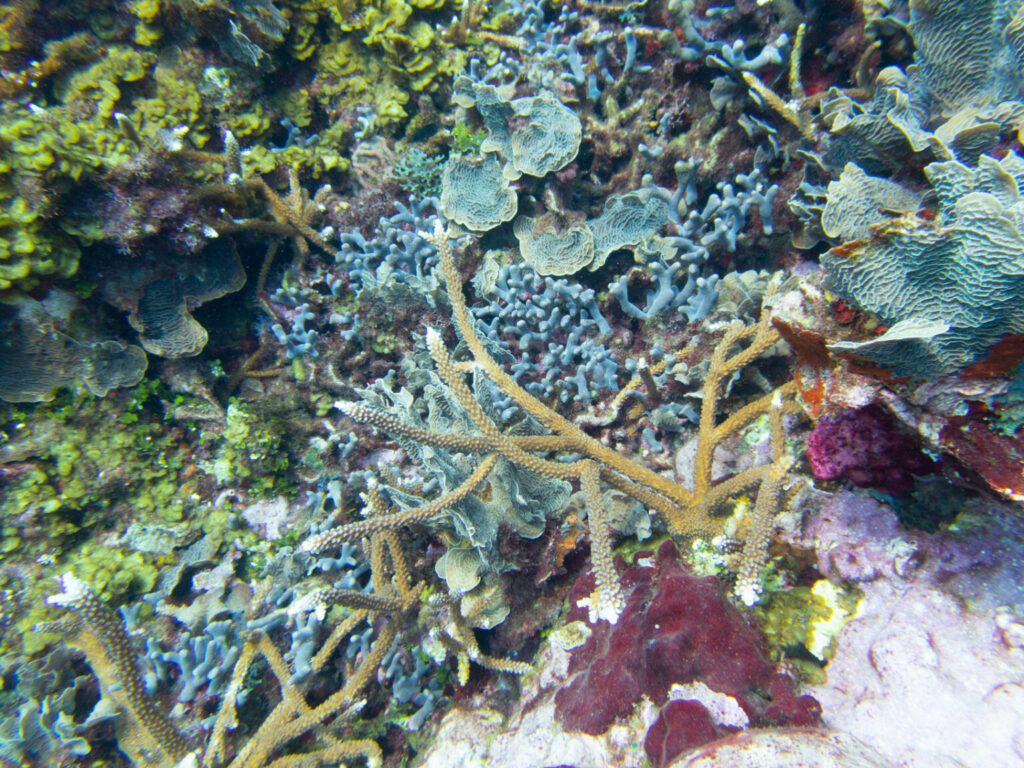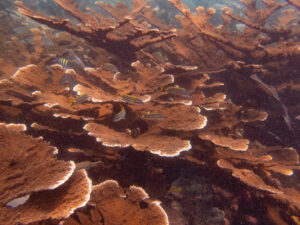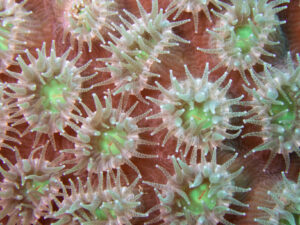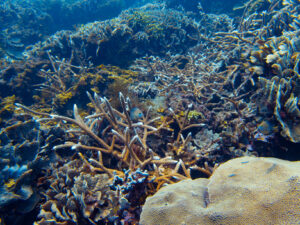Nestled in the vibrant waters of the Caribbean lies a hidden gem of biodiversity and ecological importance—the Bay of Tela in Honduras. This enchanting marine habitat is home to the awe-inspiring coral reefs that play a pivotal role in understanding and conserving these delicate ecosystems worldwide. With its exceptional features and crucial contributions, the Bay of Tela’s coral reefs stand as a testament to nature’s resilience and serve as a beacon of hope for the future.

The Bay of Tela boasts an extraordinary feature: its coral cover is over 500% higher than the average in the Mesoamerican Reef. This impressive statistic emphasizes the region’s outstanding health and vitality. Furthermore, the reefs in this area have withstood the detrimental effects of Stony Coral Tissue Loss Disease far better than their counterparts in the Mesoamerican region, demonstrating their resilience and unique ecological significance.

Despite the devastating sea urchin mass mortality event in 1983, the Bay of Tela hosts a thriving population of Diadema antillarum, commonly known as the long-spined sea urchin. This resilient species plays a crucial role in maintaining the overall health of coral reefs by controlling the growth of algae that can suffocate corals. The presence of these sea urchins in the bay suggests their remarkable ability to recover from past challenges and underscores the importance of preserving this habitat.

The Bay of Tela is also home to some of the largest coral thickets of Acorpora palmta, commonly known as Elkhorn Coral. This majestic species, recognized for its branching formations, has been classified as critically endangered by the International Union for Conservation of Nature (IUCN). The preservation of these coral thickets is of utmost importance as they provide vital habitat for numerous marine organisms, contributing to the overall biodiversity of the region.

Within the Bay of Tela lies an invaluable treasure—an actual coral seedbank. This seedbank holds the potential to safeguard and restore coral reefs not only within the Mesoamerican Reef but also in other parts of the world. As climate change and other anthropogenic pressures threaten coral reefs globally, the presence of a coral seedbank in the Bay of Tela offers hope for the future, enabling researchers and conservationists to propagate and reintroduce corals to degraded areas.

In an era where many coral reefs around the world are experiencing degradation and decline, the Bay of Tela stands as a beacon of hope. It remains the last known refuge for a healthy coral system in the Caribbean. This distinction underscores the urgent need to protect and preserve the bay’s remarkable biodiversity, ensuring its continued existence as a sanctuary for marine life and as a valuable resource for scientific research and conservation efforts.

The Bay of Tela’s coral reefs present a compelling narrative of resilience, diversity, and ecological importance. With their extraordinary coral cover, resilient sea urchin populations, magnificent Elkhorn Coral thickets, and the presence of a coral seedbank, these reefs are a testament to nature’s ability to thrive amidst challenges. The Bay of Tela stands as a shining example of the importance of coral reef conservation and inspires us to take action to protect and restore these fragile ecosystems worldwide. By understanding and appreciating the wonders of the Bay of Tela, we can forge a path towards a sustainable future where coral reefs continue to flourish and enrich our planet for generations to come.
Author: Antal Borcsok
Photographs: Heather Kuhlken
